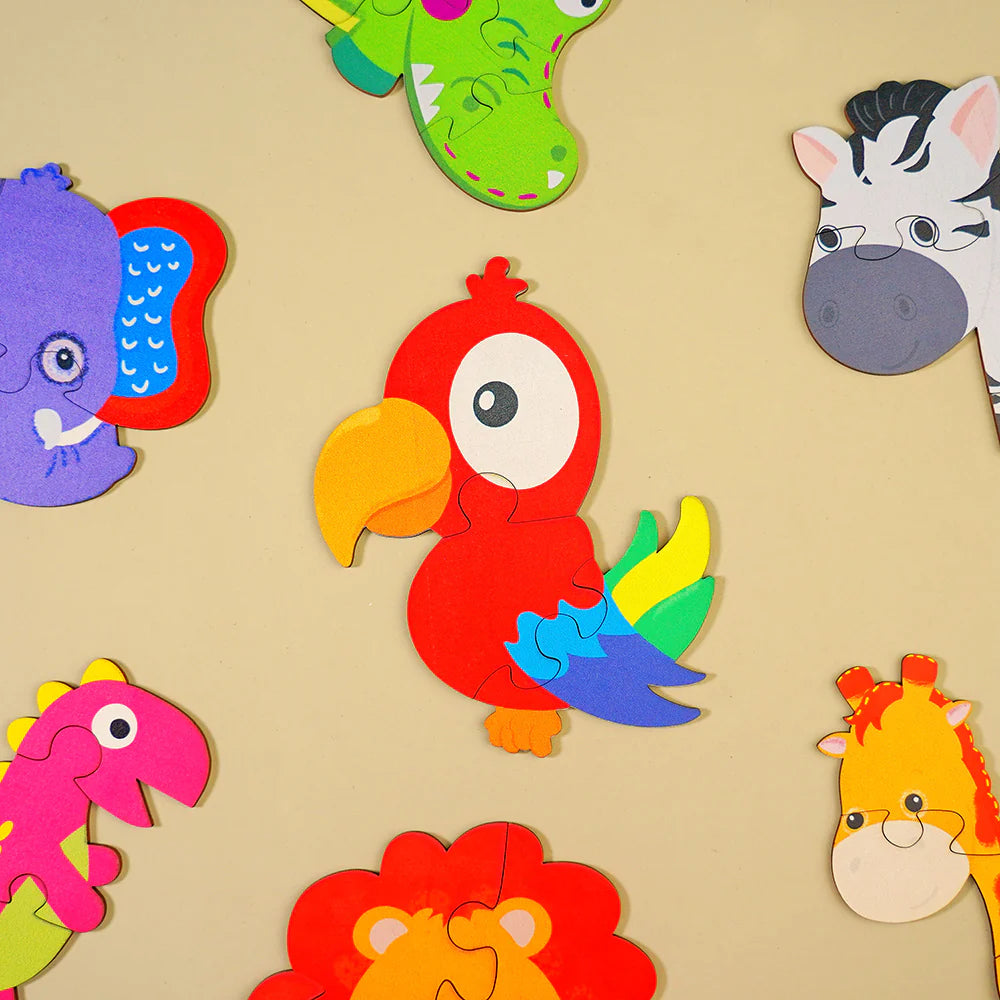Alle Eltern kennen das: Ihr Kind liegt auf dem Boden, jammert frustriert oder jammert zum hundertsten Mal über den Snack, den es nicht bekommen hat. Wutanfälle und Jammern können überwältigend sein, aber sie sind ein normaler Teil der Kindheit und können tatsächlich Wachstumschancen bieten – sowohl für Sie als auch für Ihr Kleines. Lassen Sie uns einige praktische und liebevolle Möglichkeiten erkunden, mit diesen herausfordernden Momenten umzugehen.
Warum haben Kinder Wutausbrüche und jammern?
Kinder bekommen keine Wutanfälle oder jammern, um Sie zu ärgern. Diese Verhaltensweisen sind für sie oft eine Möglichkeit, Emotionen auszudrücken, für deren Bewältigung ihnen noch die Worte oder Fähigkeiten fehlen. Zu den häufigsten Auslösern gehören:
- Frustration: Sie können etwas nicht erreichen oder fühlen sich missverstanden.
- Hunger oder Müdigkeit: Grundbedürfnisse verstärken oft emotionale Reaktionen.
- Aufmerksamkeit suchen: Sie brauchen Ihre Konzentration, wissen aber nicht, wie man konstruktiv fragt.
- Grenzen austesten: Jammern oder Wutanfälle können ihre Art sein herauszufinden, was akzeptabel ist.
Das Verstehen der Grundursache ihres Verhaltens ist der erste Schritt zu einer effektiven Bewältigung des Verhaltens.
1. Bleiben Sie ruhig und gelassen
Leichter gesagt als getan, oder? Aber Ihre Reaktion gibt den Ton an. Wenn Sie ruhig bleiben, zeigen Sie Ihrem Kind, wie es mit Emotionen umgehen kann. Atmen Sie tief ein, zählen Sie bis fünf oder erinnern Sie sich: „Dies ist ein Lehrmoment, kein Kampf.“
Profi-Tipp: Treten Sie bei Bedarf einen Moment zurück, um sich zu beruhigen, bevor Sie die Situation ansprechen.
2. Erkennen Sie ihre Gefühle an
Kinder wollen oft einfach nur das Gefühl haben, gehört zu werden. Die Anerkennung ihrer Gefühle hilft ihnen, sich bestätigt zu fühlen, auch wenn Sie ihren Forderungen nicht nachgeben.
Beispiel:
- Anstatt zu sagen: „Hör auf zu weinen!“, versuche es mit „Ich kann sehen, dass du wirklich verärgert bist, weil du es nicht getan hast.“ mehr Süßigkeiten haben. Das ist schwer.“
Dies zeigt Empathie und bekräftigt gleichzeitig, dass ihre Gefühle in Ordnung sind, auch wenn ihr Verhalten dies nicht ist.
3. Setzen Sie klare Grenzen und halten Sie sich daran.
Konsequenz ist der Schlüssel zum Umgang mit Wutanfällen und Gejammer. Wenn Sie „nur dieses eine Mal“ nachgeben, lernt Ihr Kind möglicherweise, dass Jammern oder Wutanfälle eine wirksame Strategie sind.
Beispiel:
Wenn Sie Nein zu zusätzlicher Bildschirmzeit gesagt haben, bleiben Sie ruhig bei Ihrer Entscheidung:
- „Ich verstehe, dass Sie mehr sehen möchten, aber die Zeit vor dem Bildschirm ist für heute vorbei.“
4. Bieten Sie Wahlmöglichkeiten an, um Machtkämpfe zu reduzieren
Manchmal kommt es zu Wutanfällen, weil Kinder sich machtlos fühlen. Indem man ihnen einfache, altersgerechte Entscheidungen bietet, gibt man ihnen ein Gefühl der Kontrolle.
Beispiele:
- „Möchten Sie Ihre blauen oder roten Schuhe anziehen?“
- „Möchten Sie Karotten oder Gurken zum Mittagessen?“
Dadurch verlagert sich ihr Fokus vom Problem auf die Entscheidungsfindung.
5. Ablenkung oder Umleitung verwenden
Bei jüngeren Kindern kann eine Änderung des Fokus einen Wutanfall schnell zerstreuen. Stellen Sie ein Spielzeug vor, beginnen Sie ein lustiges Lied oder machen Sie darauf aufmerksam, dass etwas Interessantes in der Nähe passiert.
Beispiel:
- „Ich weiß, dass du verärgert bist, aber sieh dir dieses lustige Gesicht an, das ich machen kann!“
Bei Ablenkung geht es nicht darum, das Problem zu vermeiden – es geht darum, ihnen zu helfen, ihre Emotionen zurückzusetzen.
6. Emotionale Regulierung lehren
Kinder brauchen Hilfe beim Erlernen des Umgangs mit ihren großen Gefühlen. Mit der Zeit können Sie ihnen Techniken beibringen, um sich zu beruhigen und sich auszudrücken.
Ausprobierbare Strategien:
- Tiefes Atmen: Zeigen Sie ihnen, wie man einen großen „Ballon-Atemzug“ macht (durch die Nase einatmen, durch den Mund ausatmen).
- Gefühlswörter: Bringen Sie Sätze wie „Ich bin frustriert“ oder „Ich bin traurig.“
- Ruheplätze: Schaffen Sie eine gemütliche Ecke mit weichen Gegenständen, in die sich Ihre Kinder beruhigen können.
7. Bleiben Sie konsequent, aber flexibel
Während Grenzen wichtig sind, ist manchmal Flexibilität erforderlich, insbesondere wenn ihr Verhalten auf ein unerfülltes Bedürfnis zurückzuführen ist.
Beispiel:
Wenn sie jammern, weil sie übermüdet sind, könnte es die Lösung sein, die übliche Schlafenszeitroutine auszulassen, damit sie früher einschlafen kann.
8. Gutes Verhalten würdigen
Positive Verstärkung wirkt Wunder. Loben Sie Ihr Kind, wenn es eine Situation gut bewältigt oder seine Gefühle angemessen meistert.
Beispiele:
- „Wow, du hast deine Worte benutzt, anstatt zu schreien. Tolle Arbeit!“
- „Ich bin so stolz darauf, wie ruhig du gerade geblieben bist.“
Dies verstärkt die Verhaltensweisen, von denen Sie mehr sehen möchten.
Was Sie vermeiden sollten
- Gib dem Jammern nicht nach: Nachgeben lehrt Kinder nur, dass Jammern funktioniert. Bleiben Sie standhaft, aber freundlich.
- Beschämung vermeiden: Dinge wie „Hör auf, dich wie ein Baby zu benehmen“ können dazu führen Sie fühlen sich schlechter und die Situation eskaliert.
- Verlieren Sie nicht die Fassung: Schreien oder wütende Reaktionen verstärken Wutanfälle oft, anstatt sie zu beruhigen.
Wann Sie Hilfe suchen sollten
Wenn Wutanfälle oder Jammern übermäßig stark werden, ungewöhnlich lange anhalten oder das tägliche Leben beeinträchtigen, kann es hilfreich sein, einen Kinderarzt oder Kinderpsychologen aufzusuchen. Diese Verhaltensweisen könnten ein Zeichen für zugrunde liegende Probleme wie Angstzustände oder sensorische Empfindlichkeiten sein.
Abschließende Gedanken
Wutanfälle und Jammern sind einfach ein Teil der Kindheit – und der Erziehung! Mit Geduld, Einfühlungsvermögen und den richtigen Strategien können Sie diese herausfordernden Momente in Gelegenheiten verwandeln, Ihrem Kind Emotionen, Grenzen und Selbstregulierung beizubringen.
Denken Sie daran: Bei der Elternschaft geht es nicht um Perfektion, sondern um Fortschritt. Feiern Sie die kleinen Erfolge, bewahren Sie in schwierigen Zeiten Ruhe und wissen Sie, dass jede Phase vorübergehend ist. Du hast das! 💕
Was ist Ihr Tipp zur Bewältigung von Wutanfällen? Teilen Sie es in den Kommentaren unten!























Hinterlasse einen Kommentar